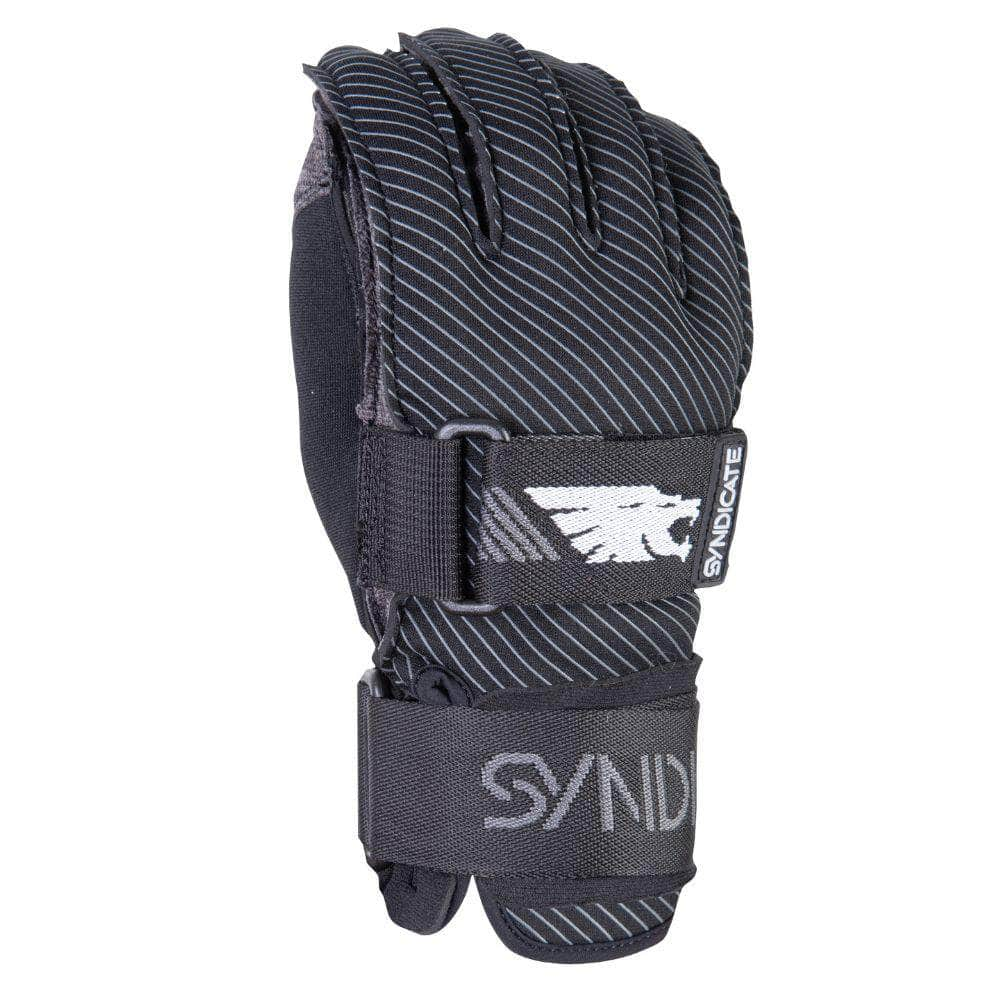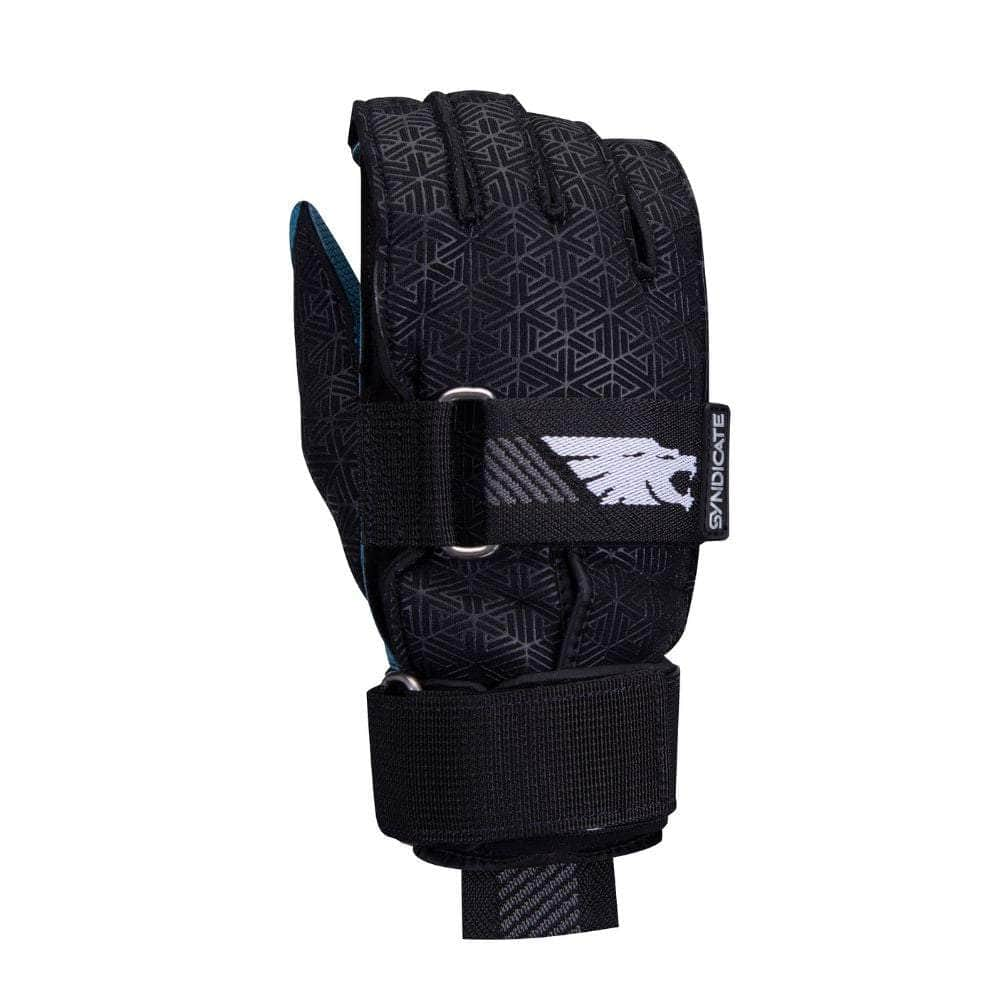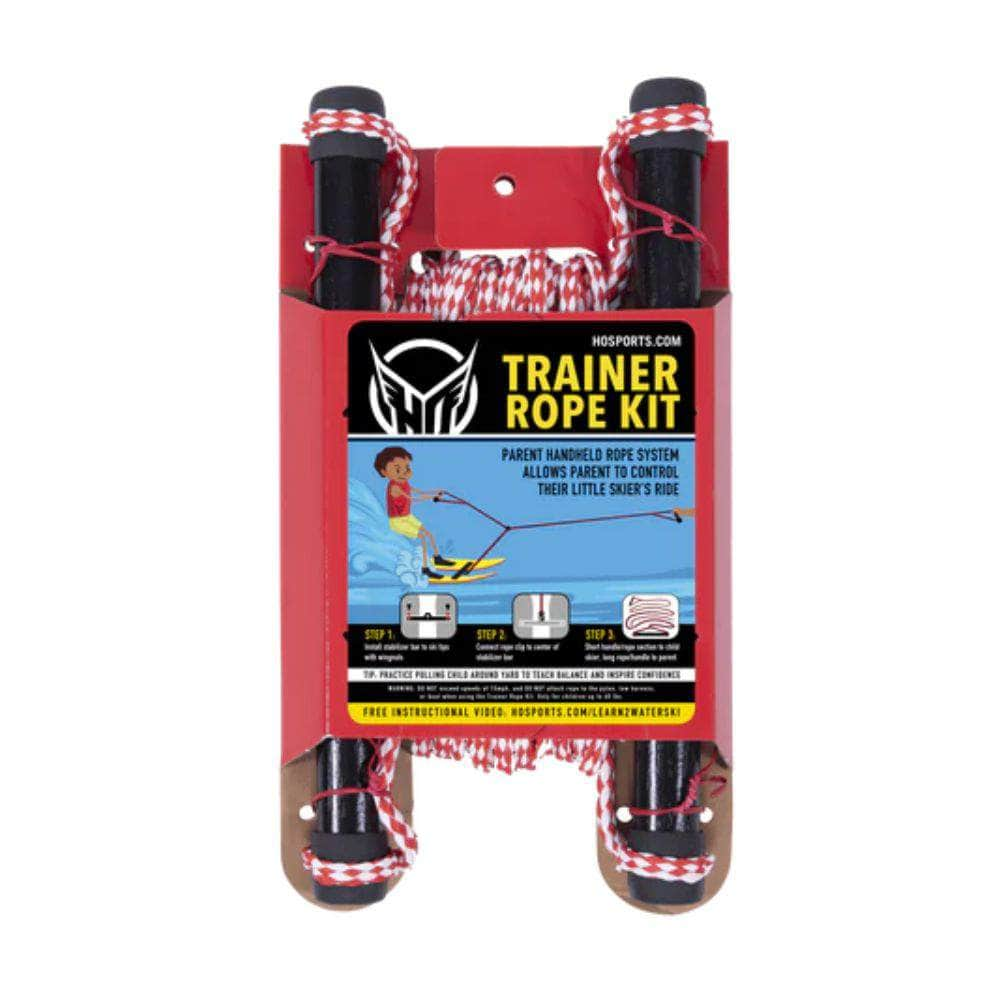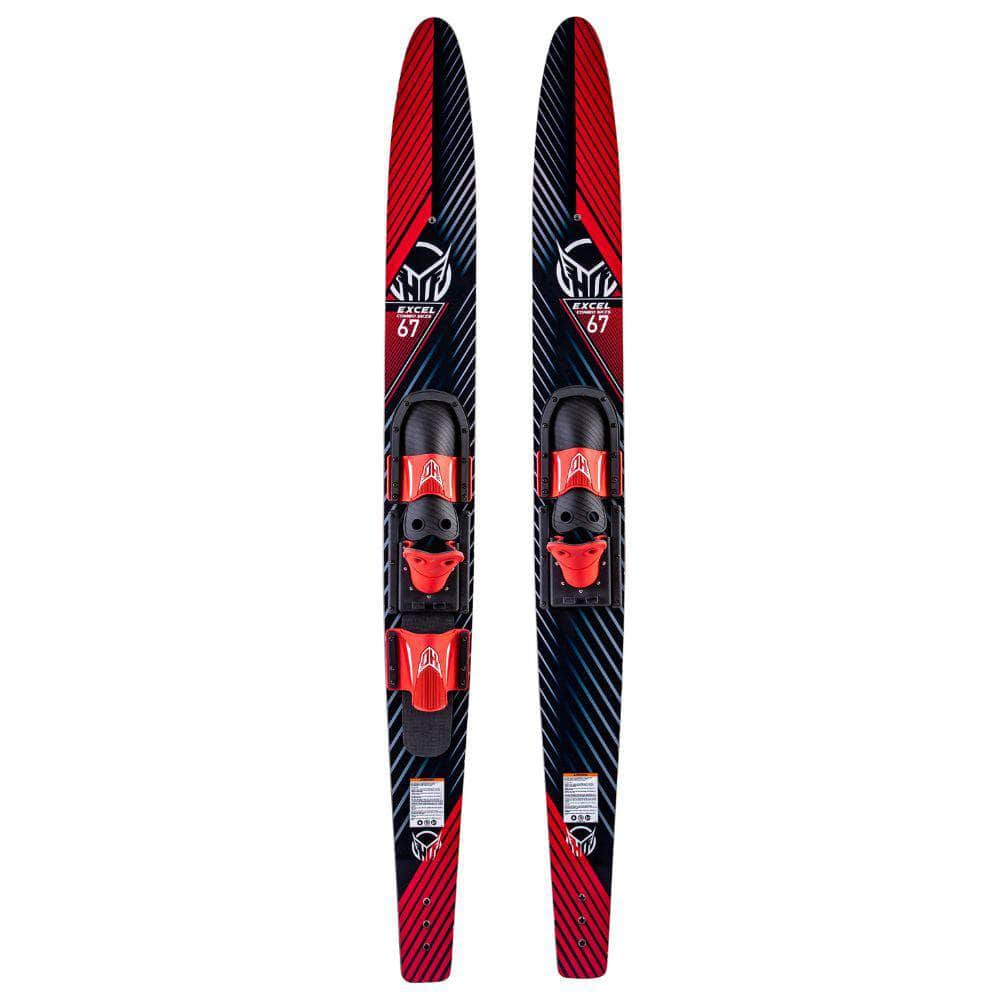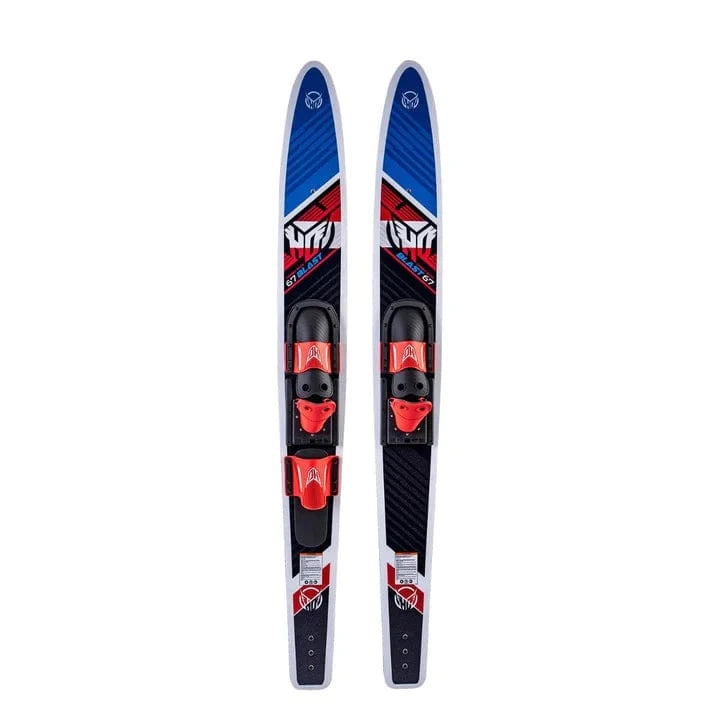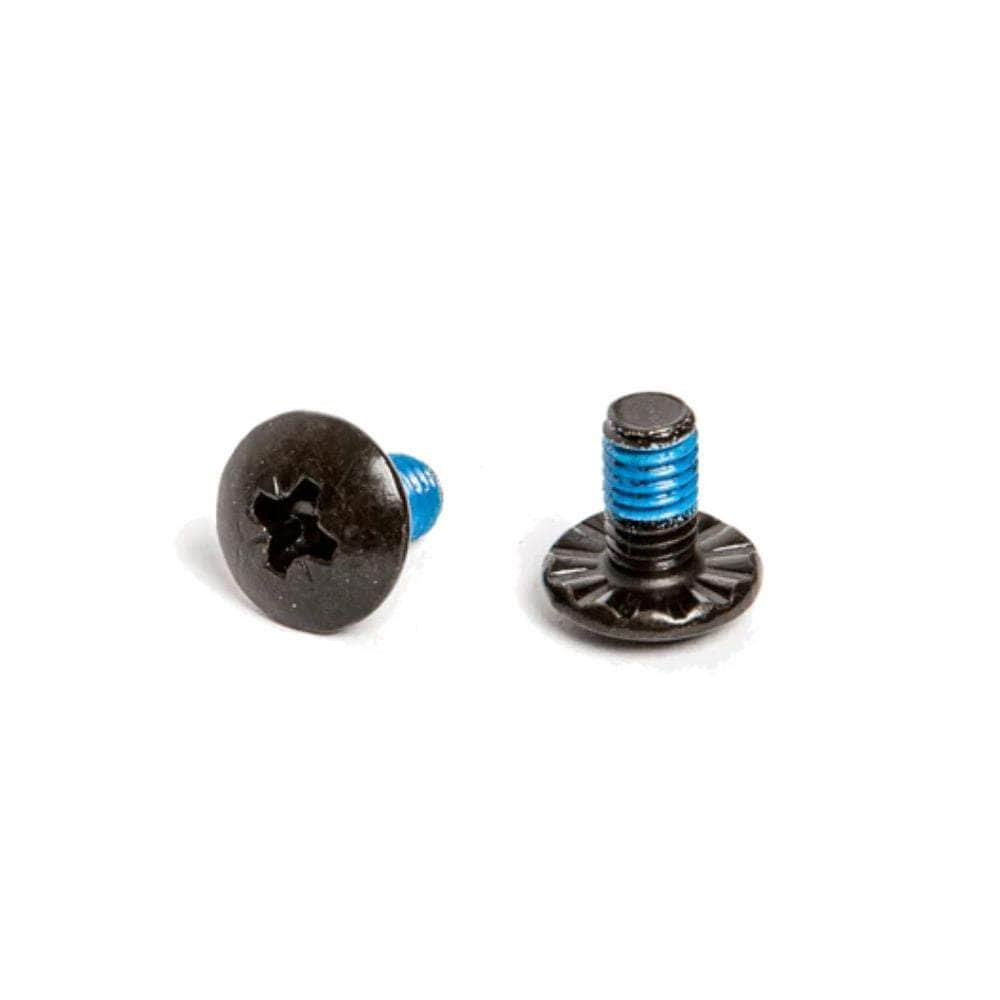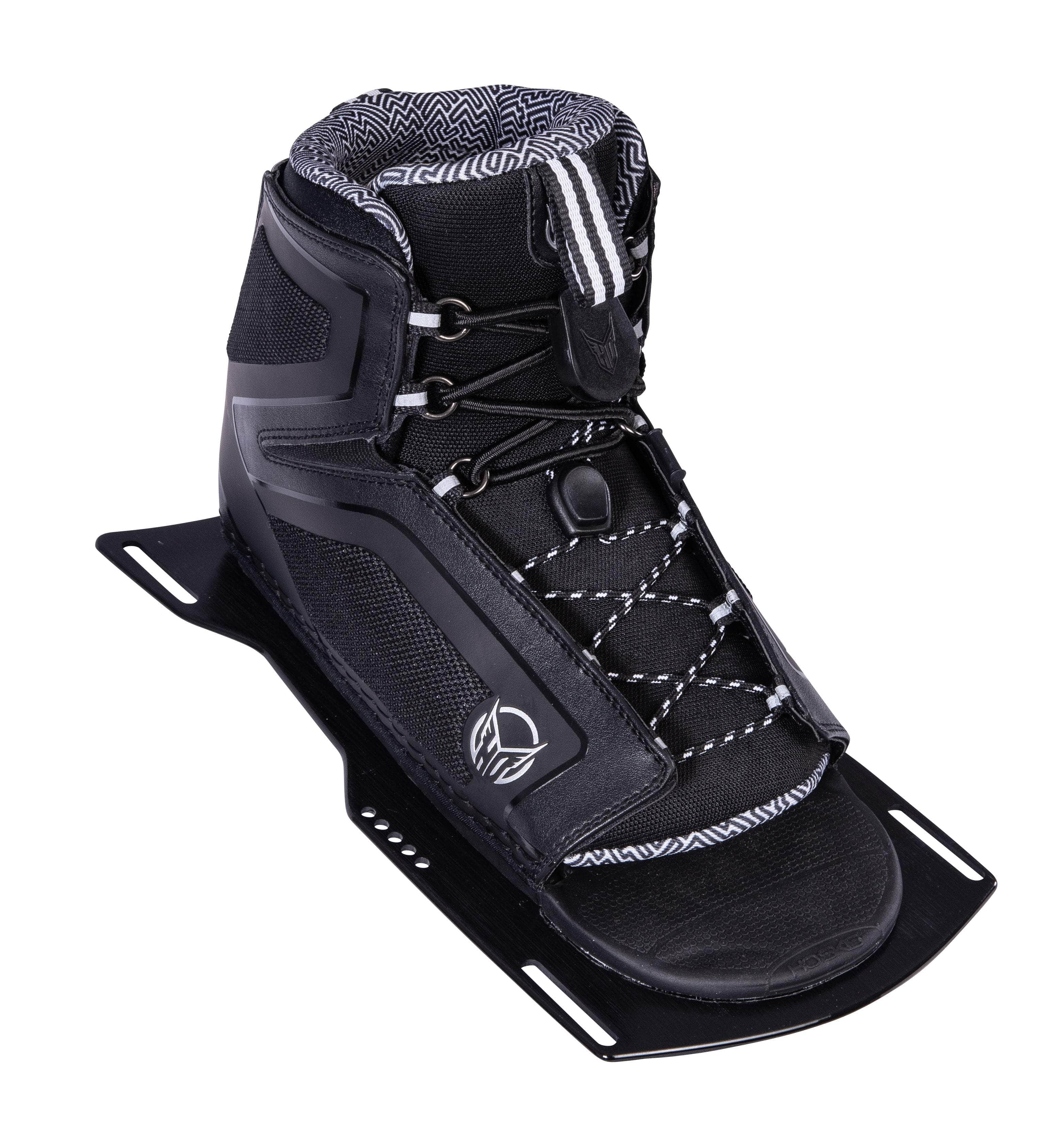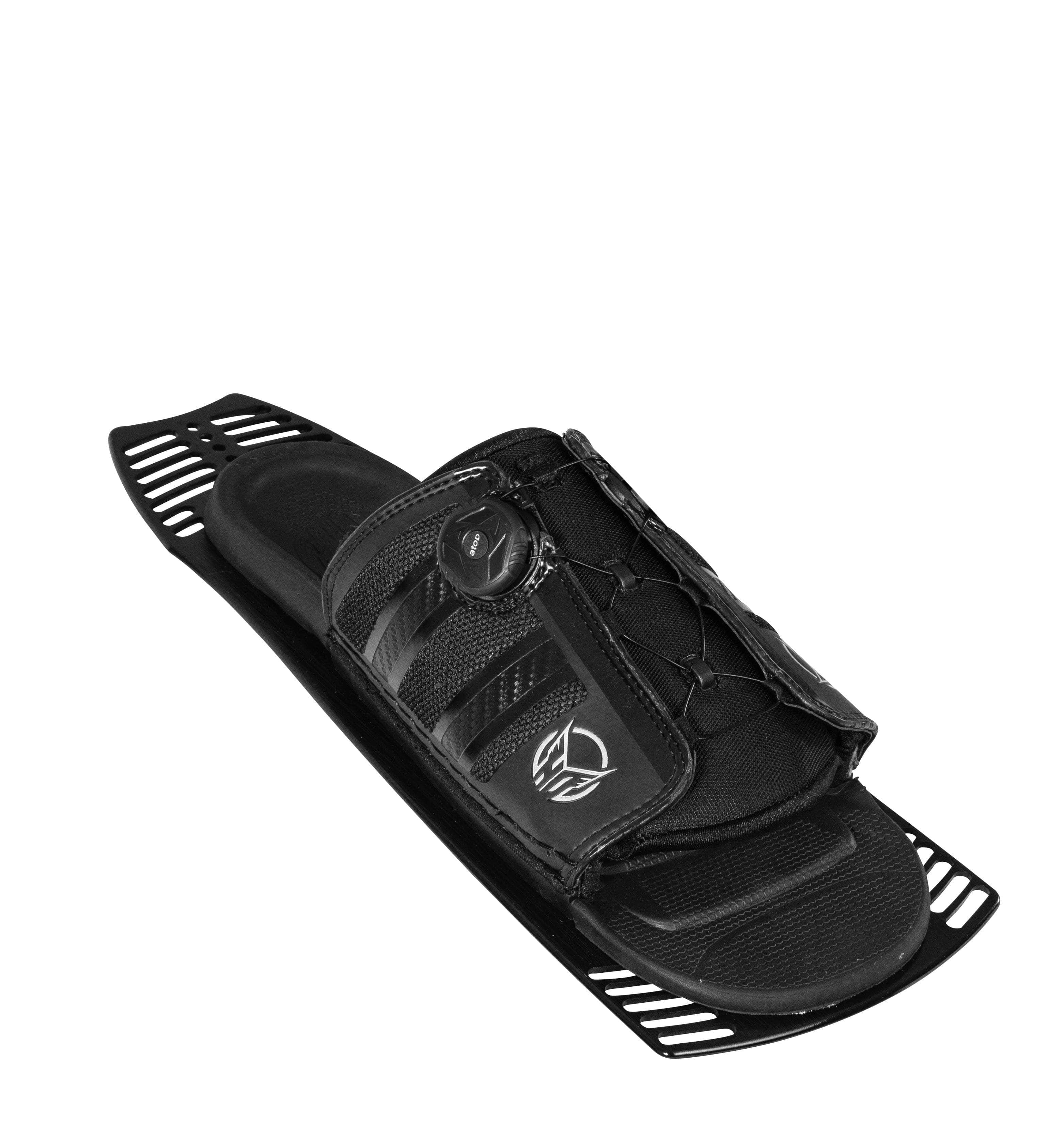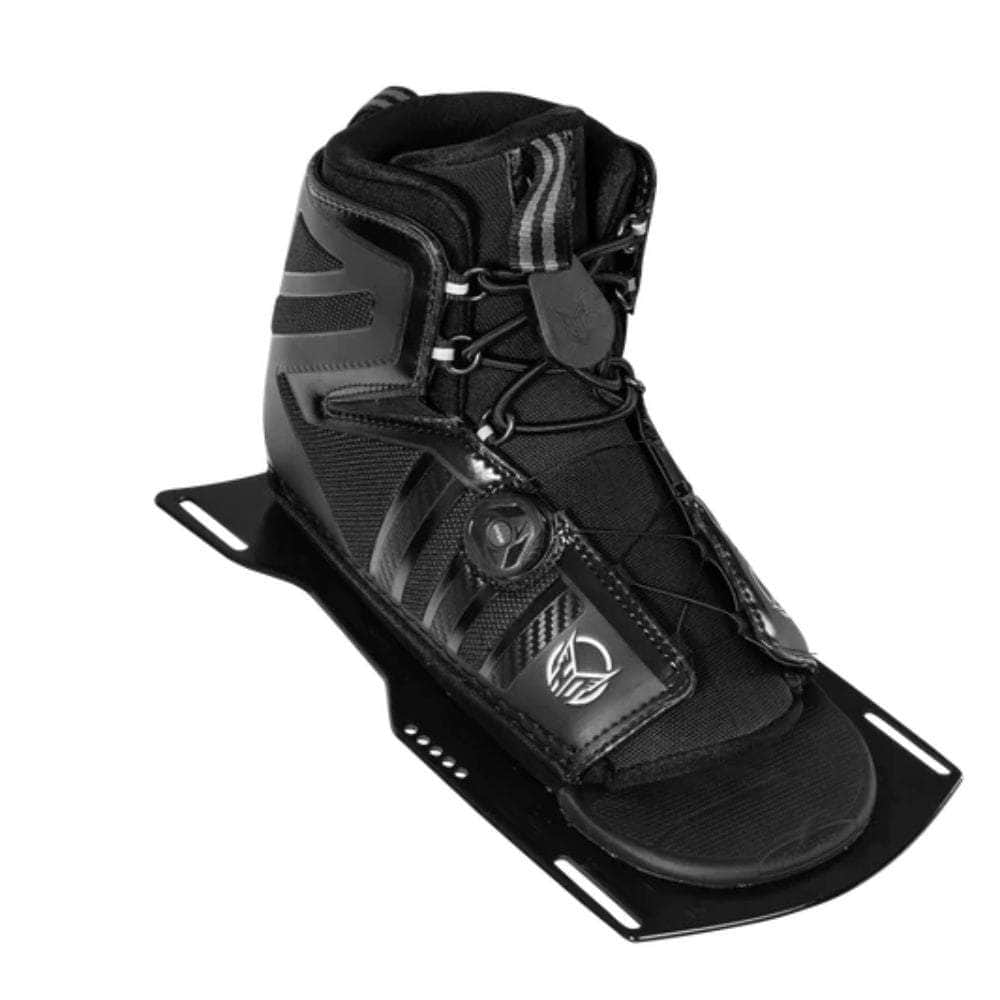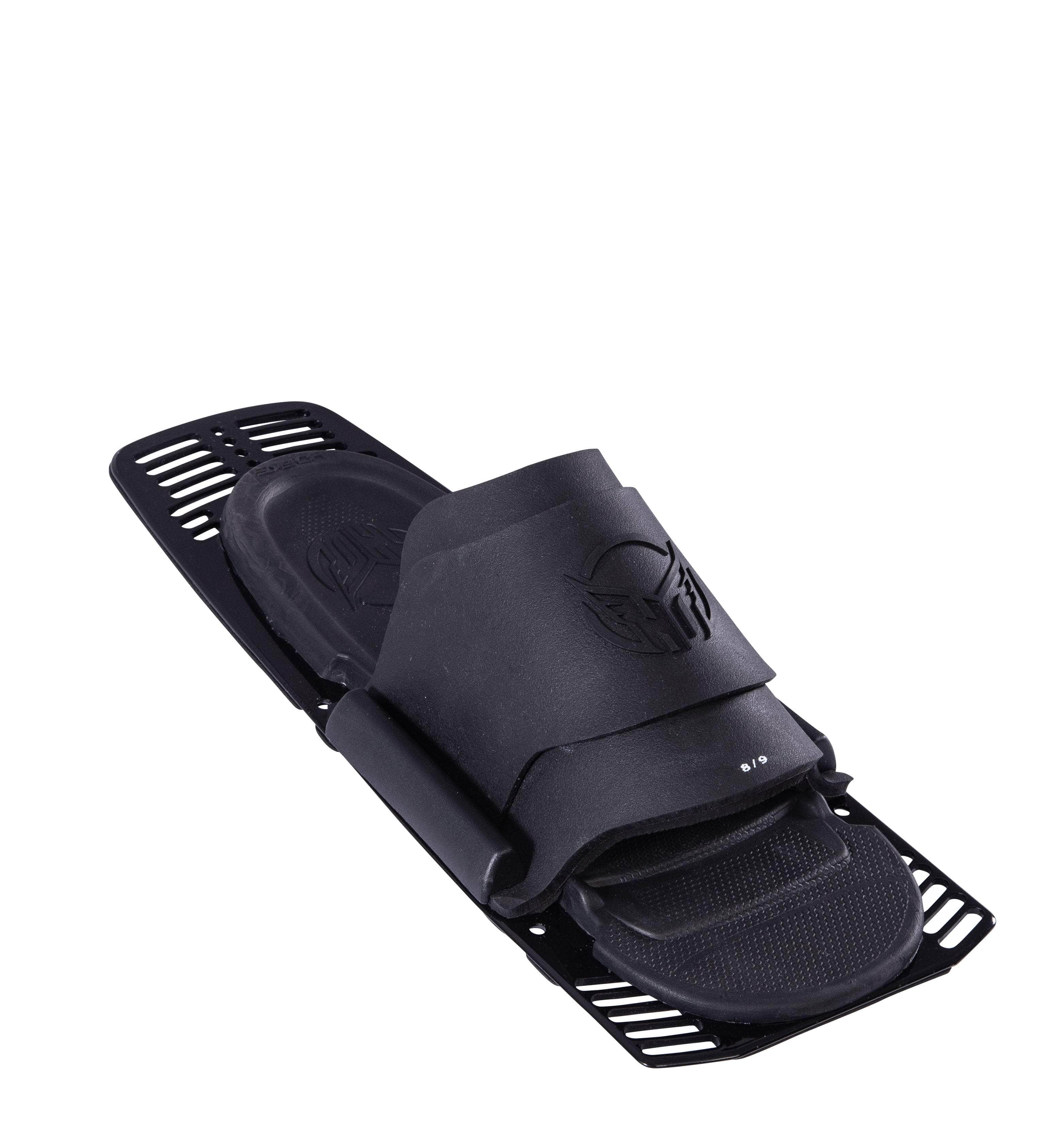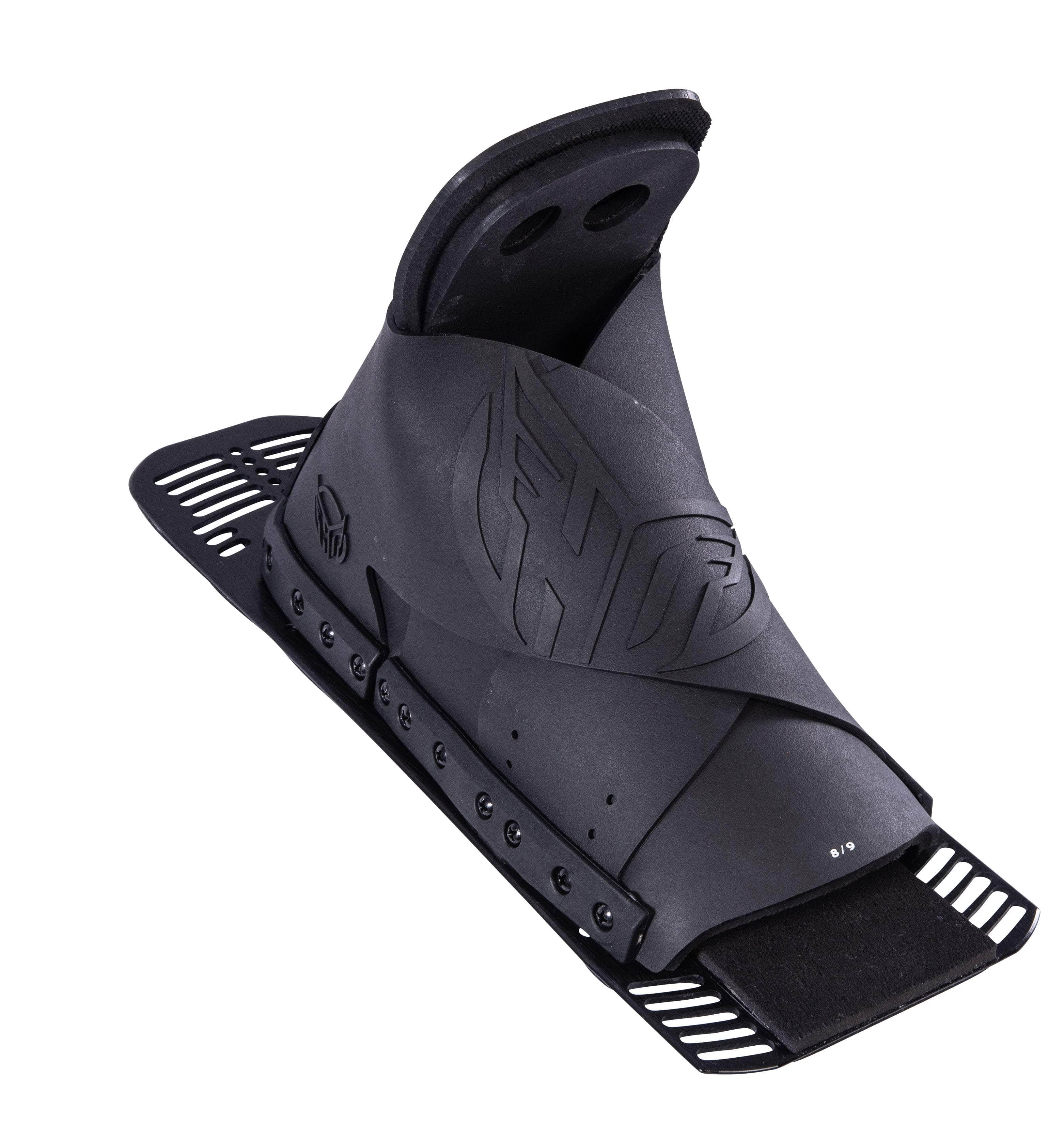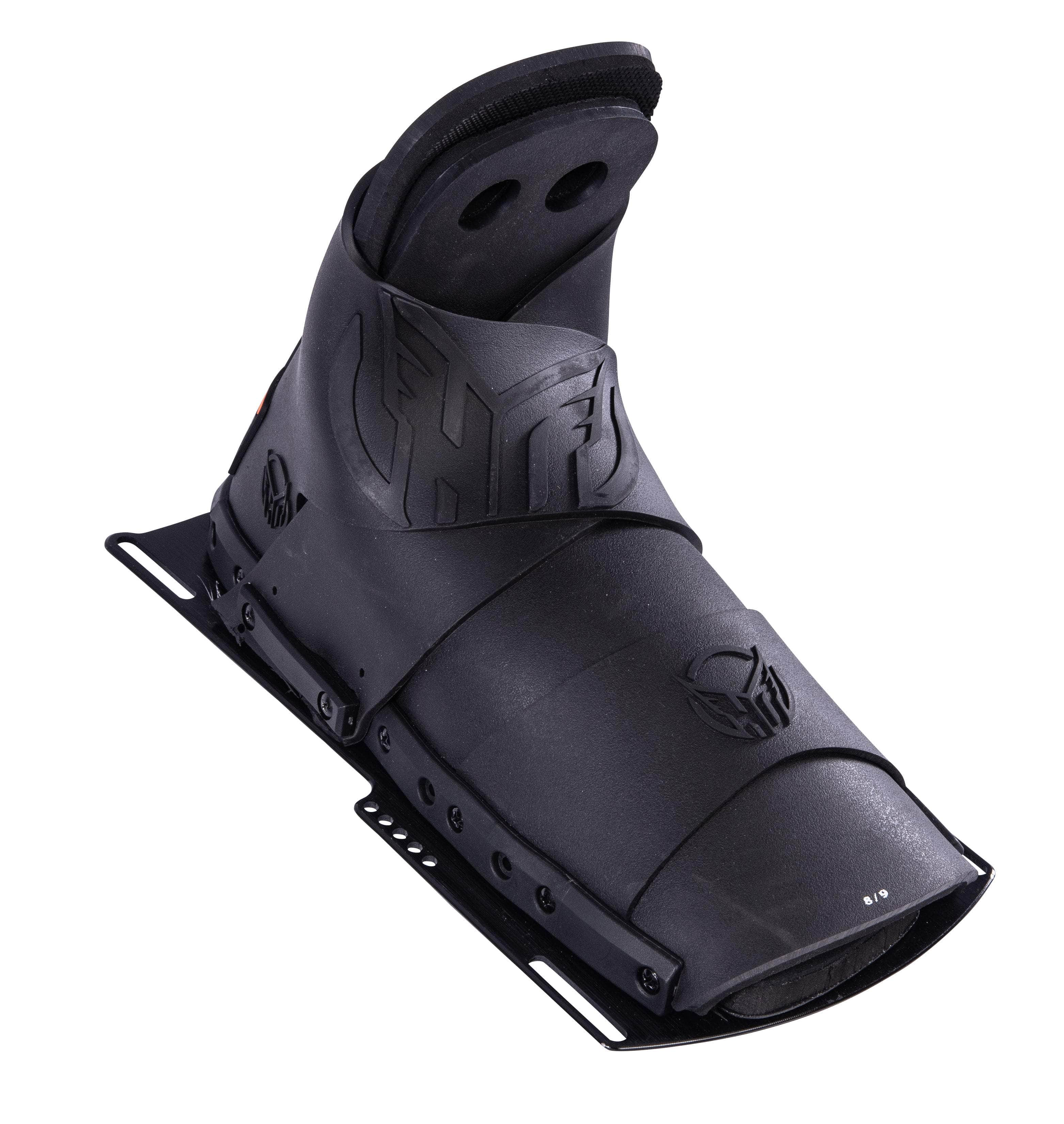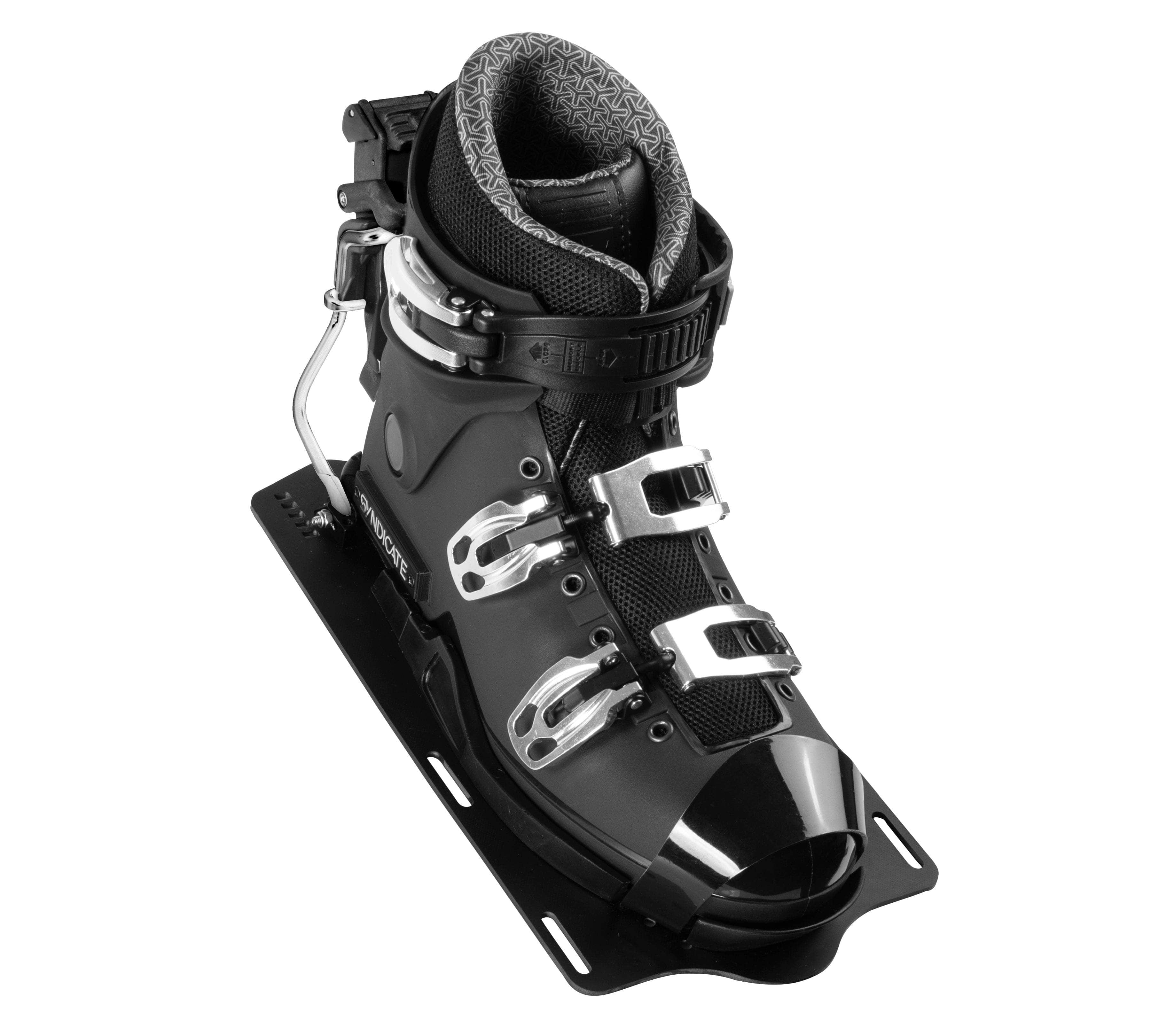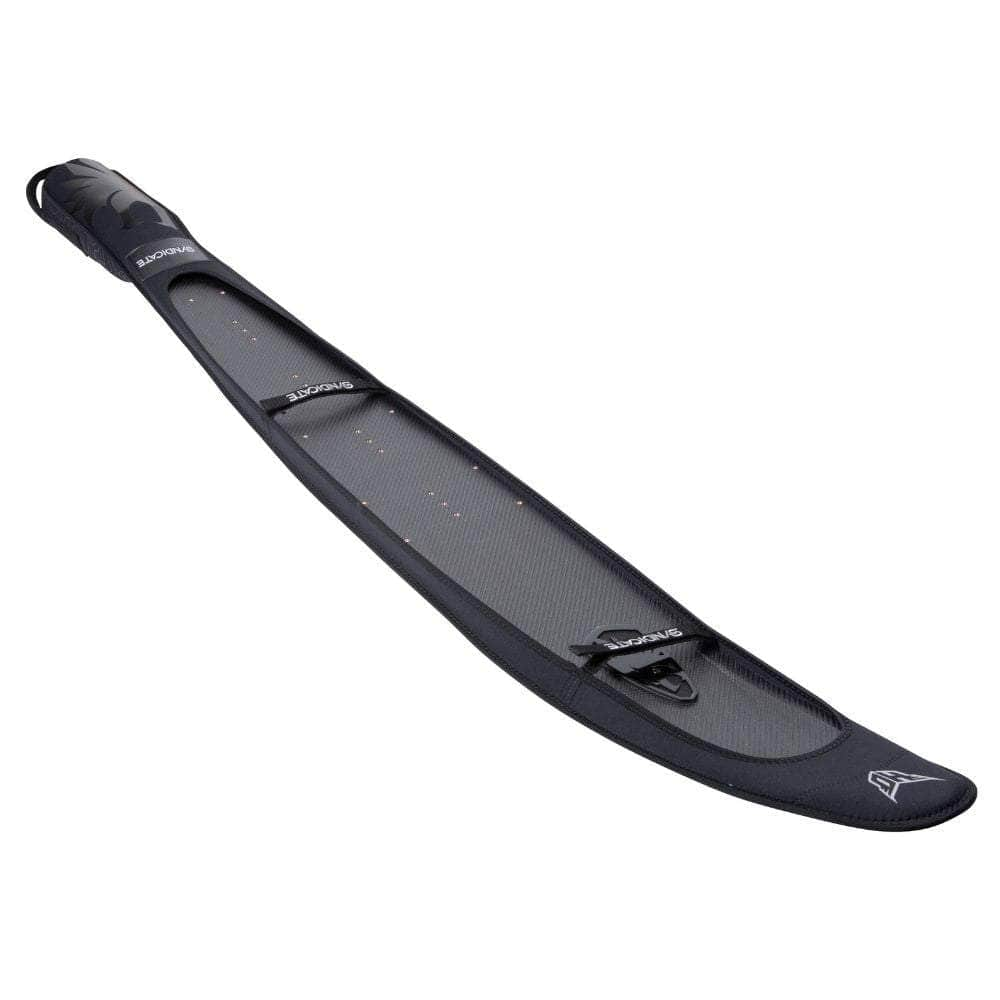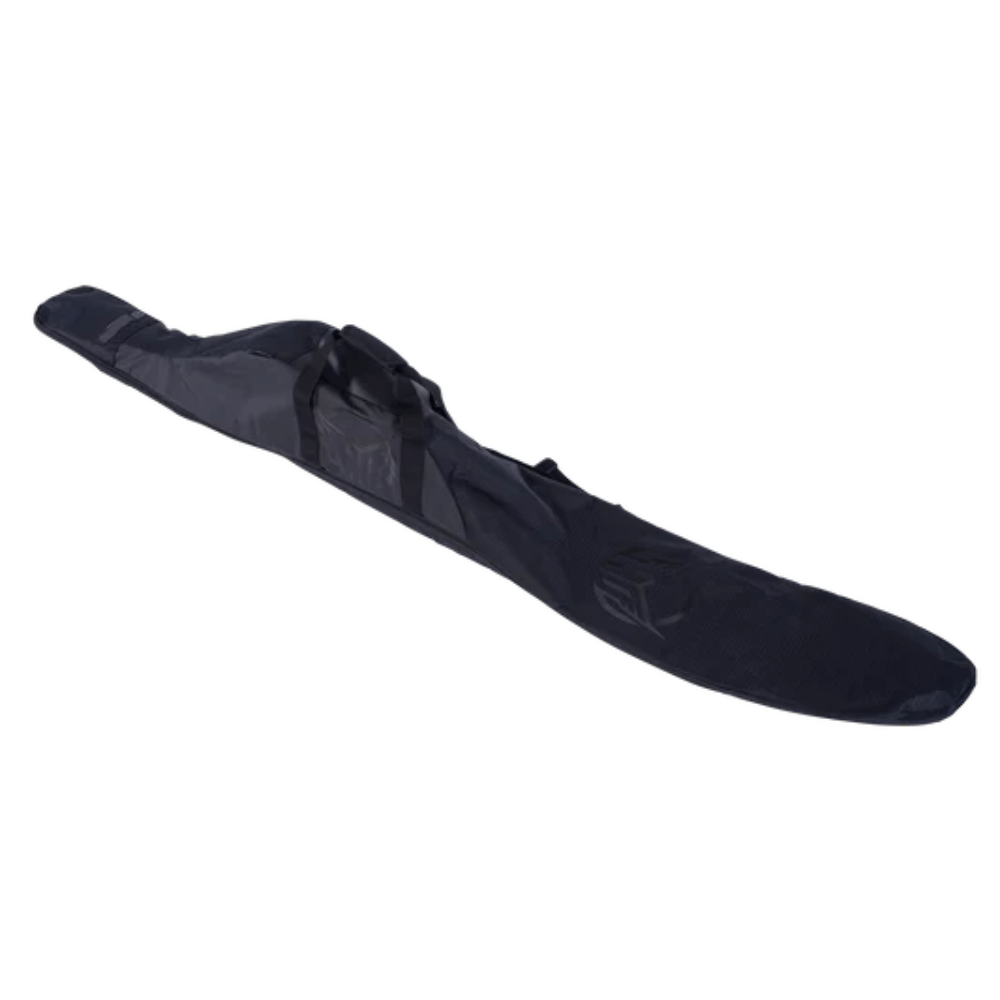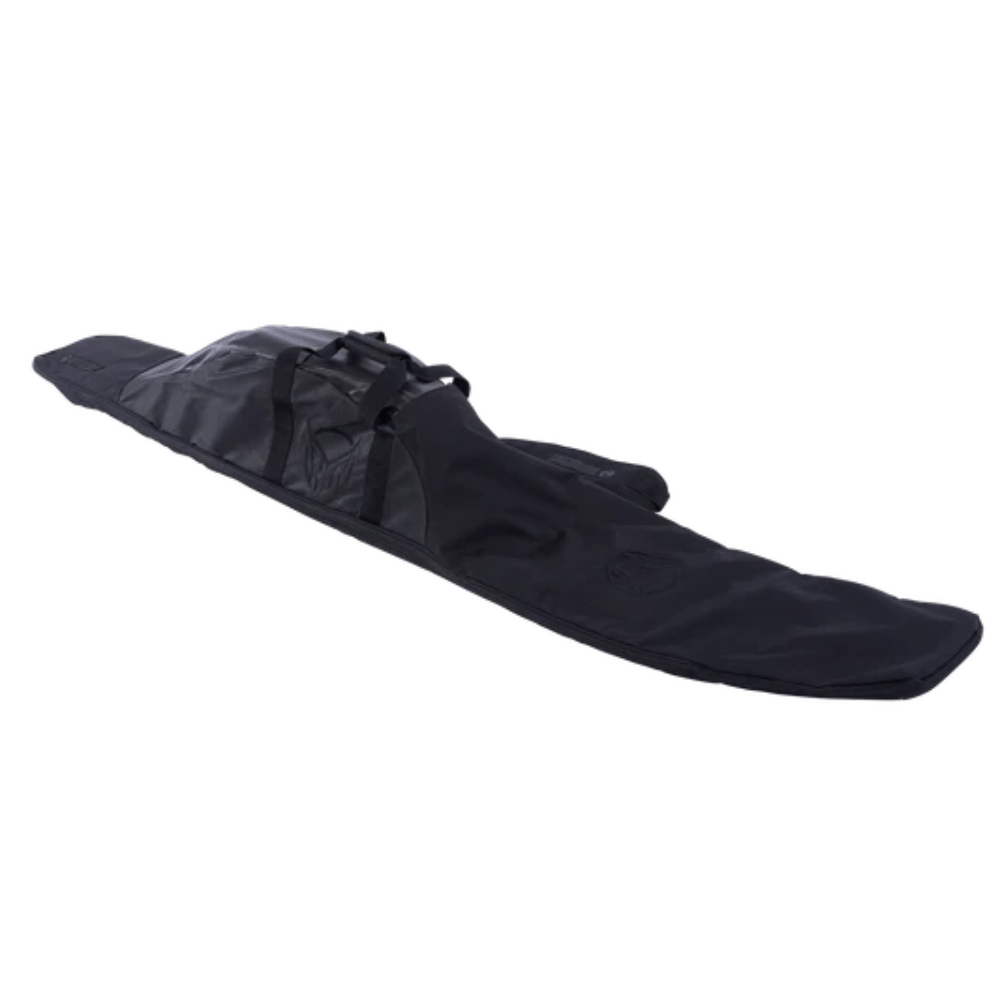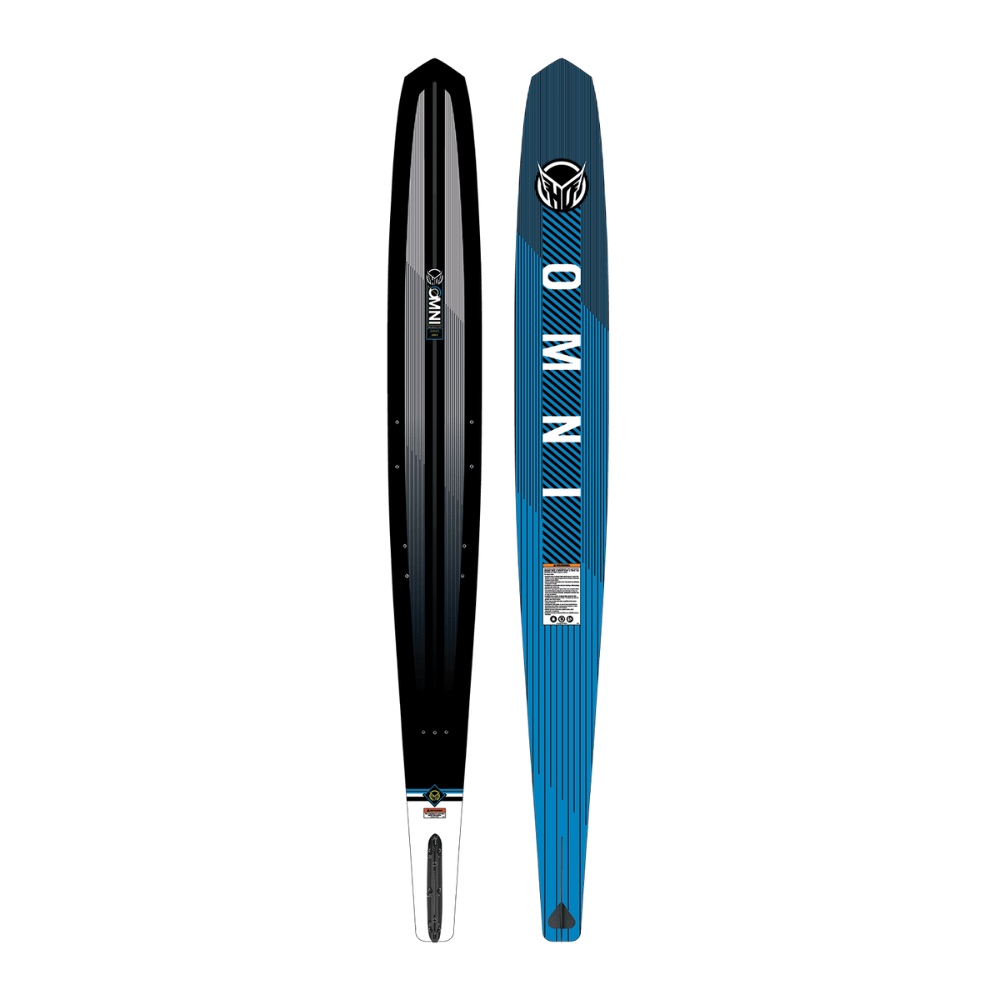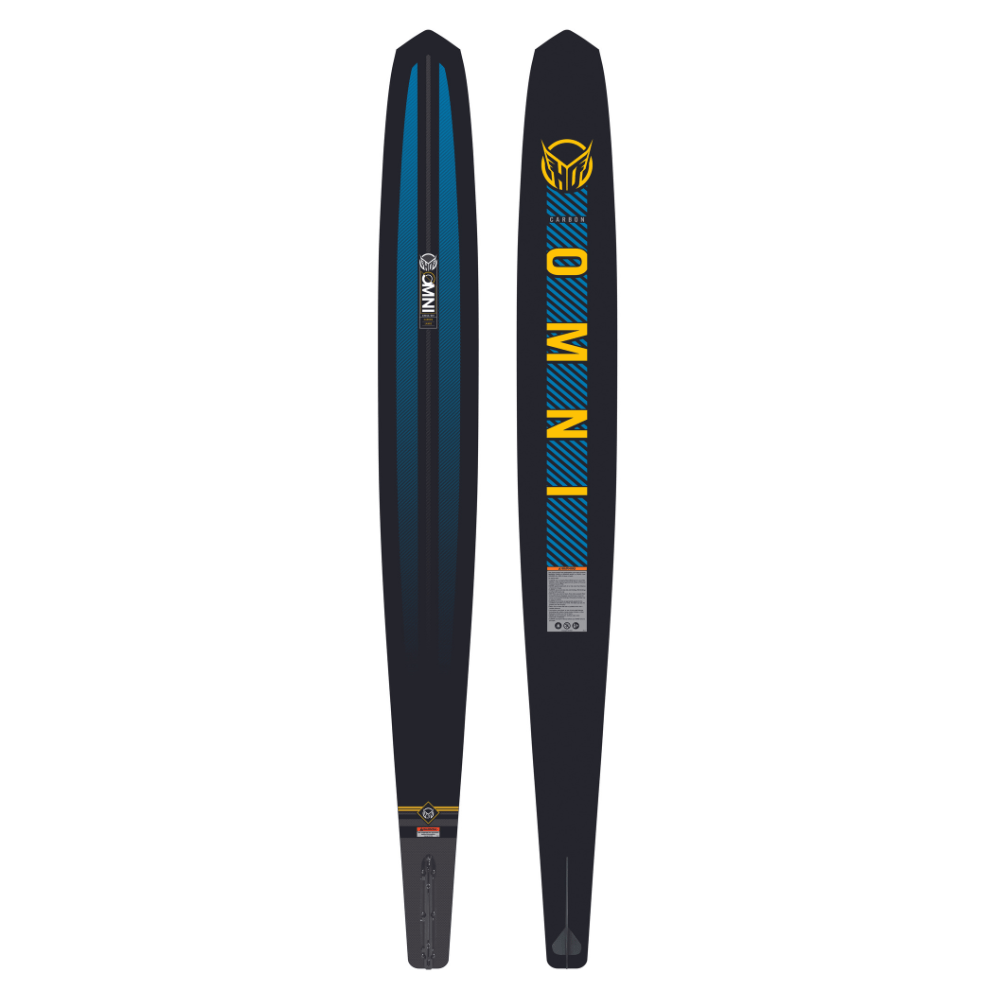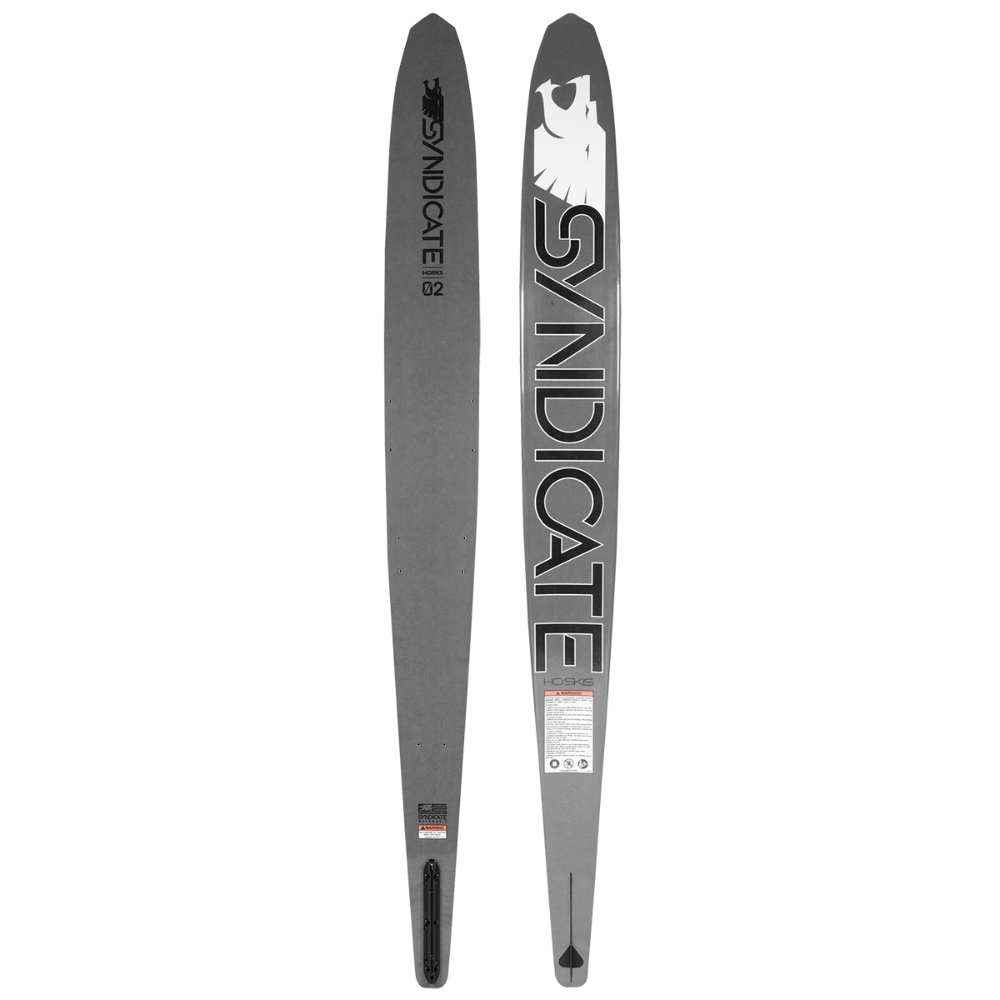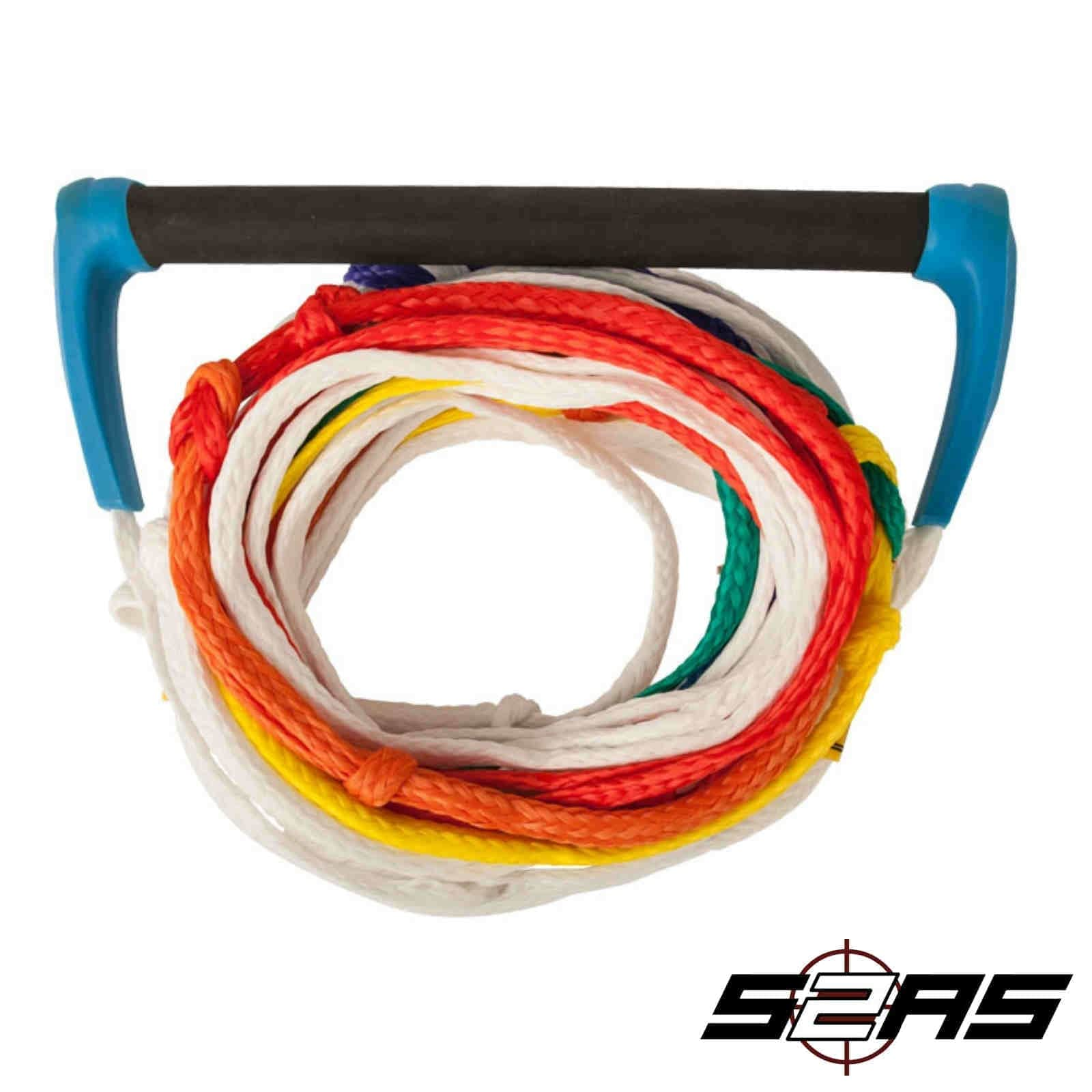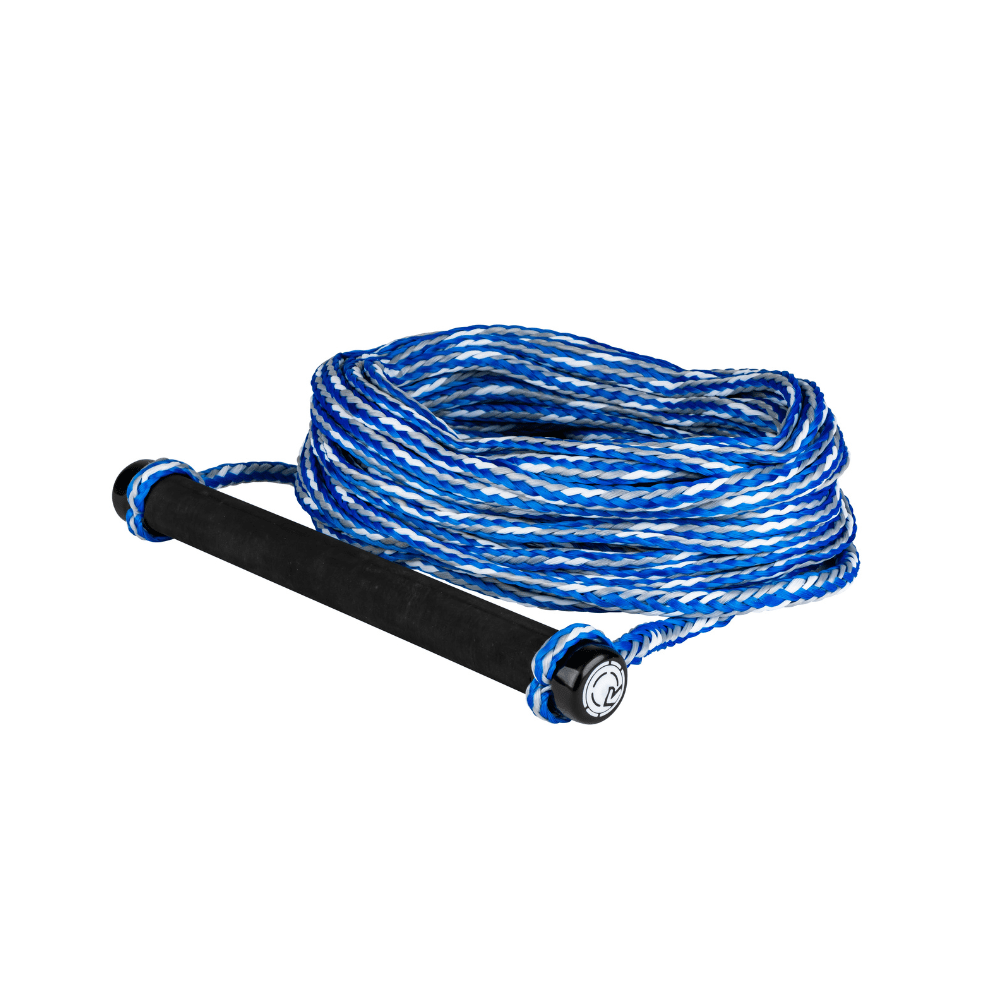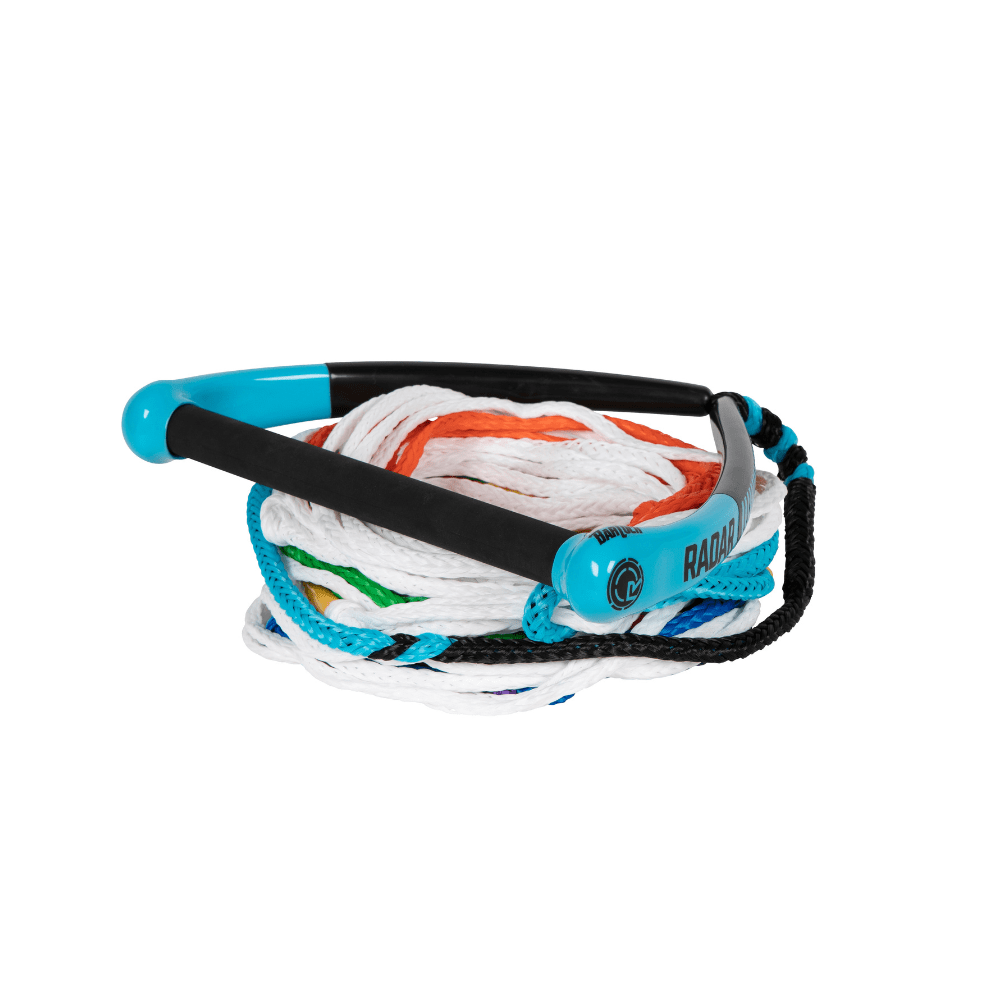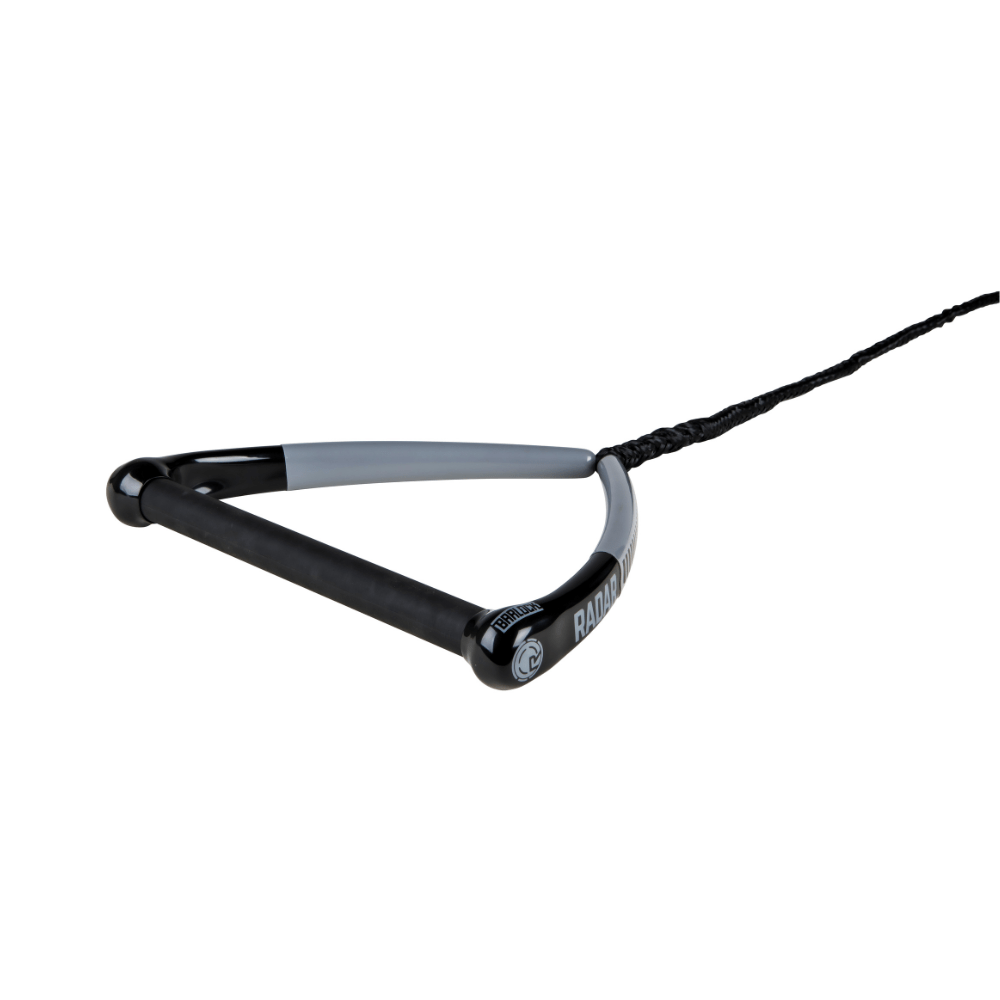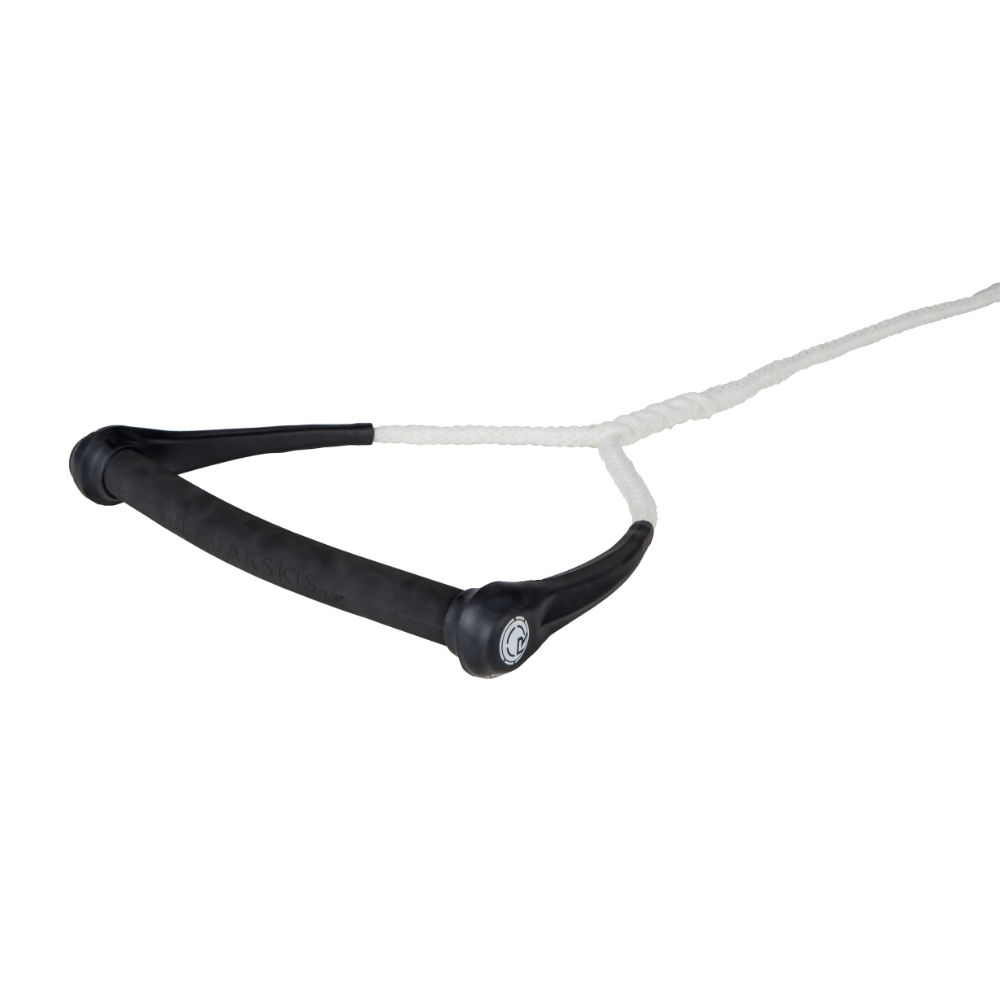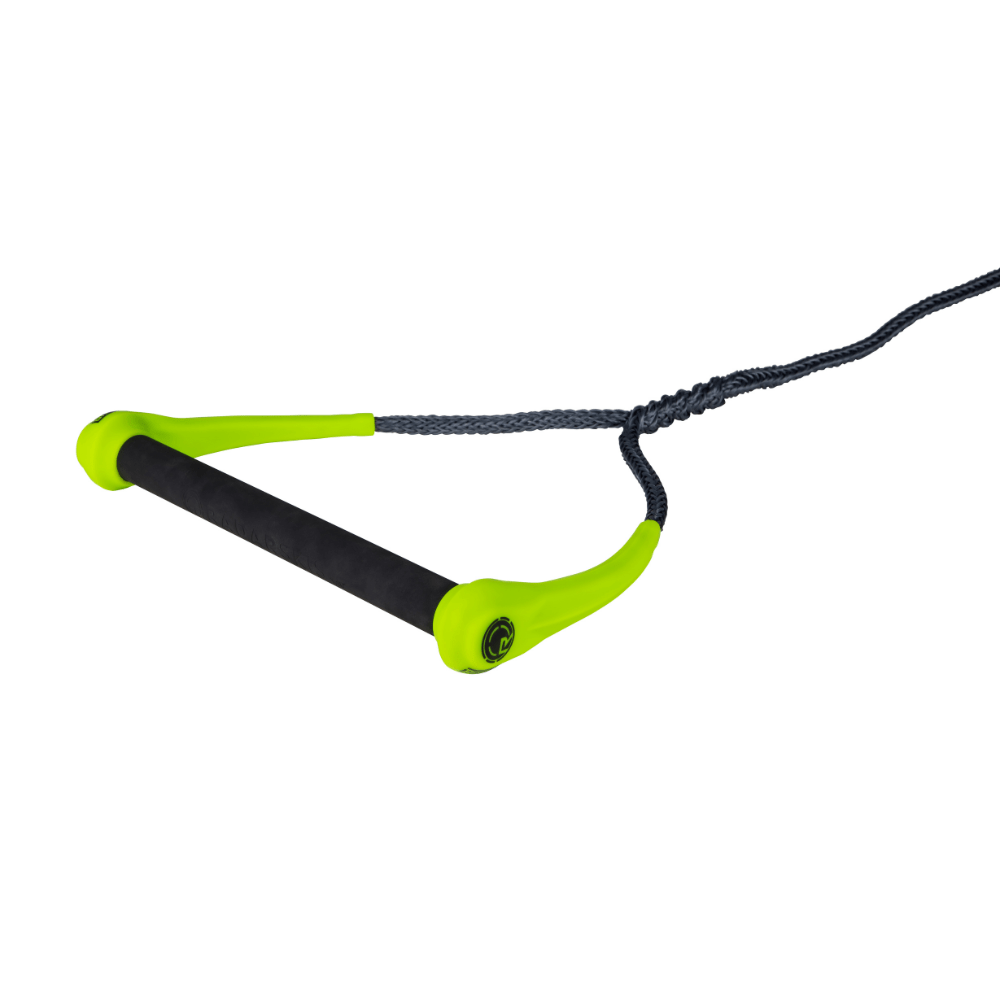Filter
Sort by
WaterSki Equipment
At S2AS we offer a wide range of WaterSki equipment from well-known trusted brands like Obrien, Radar, and HO Sports!
Waterski equipment comprises essential gear designed to enhance the experience of waterskiing, a thrilling water sport where individuals are pulled behind a boat while riding on skis. The equipment is carefully crafted to provide stability, control, and safety, ensuring a rewarding and enjoyable waterskiing adventure. Here's a closer look at the key components of waterski equipment:
1. Waterskis:
- Waterskis are the primary gear for the sport, serving as the platform on which the skier stands while gliding across the water. Modern waterskis come in various styles, including slalom skis for single skiing and dual skis for beginners or those looking for added stability. Skis are typically constructed from materials like fiberglass, wood, or a combination of both, offering a balance of buoyancy, flexibility, and durability.
2. Tow Ropes:
- Tow ropes are crucial for connecting the skier to the boat. These ropes are designed to be strong, durable, and have a handle for the skier to grip. The length of the tow rope can vary based on the skier's skill level, boat speed, and personal preferences. A quality tow rope helps ensure a smooth and controlled ride, allowing the skier to navigate the water with ease.
3. Ski Bindings:
- Ski bindings are the secure attachments on the waterskis that hold the skier's feet in place. They come in various styles, including adjustable bindings for versatility and fixed bindings for a more customized fit. The bindings play a crucial role in providing stability and control, allowing the skier to maintain balance and execute maneuvers while being pulled by the boat.
4. Life Jackets or Personal Flotation Devices (PFDs):
- Safety is paramount in waterskiing, and wearing a life jacket or personal flotation device (PFD) is mandatory. These devices provide buoyancy and keep the skier afloat in the water. Modern PFDs are designed to be comfortable, allowing freedom of movement for the skier while ensuring essential safety in case of falls or emergencies.
5. Gloves:
- Waterski gloves provide skiers with a secure grip on the tow rope. They are typically made of durable materials, such as neoprene or leather, and feature padded palms to reduce friction and prevent blisters. Gloves enhance the skier's control over the tow rope, especially during sharp turns or maneuvers, improving overall performance.
6. Wetsuits or Drysuits:
- Depending on the water temperature, skiers may opt for wetsuits or drysuits to provide thermal insulation. Wetsuits are designed to keep the body warm by trapping a thin layer of water between the suit and the skin, while drysuits create a waterproof barrier, preventing water from entering. Both options offer protection and comfort during waterskiing sessions in varying conditions.
7. Ski Handles:
- Ski handles, or ski bars, are essential components of tow ropes, providing the skier with a stable grip. Handles are designed with a comfortable grip and may include features like textured surfaces or ergonomic shapes for improved control. Some handles also have built-in floats to keep the rope afloat and visible in the water.
Investing in high-quality waterski equipment ensures a safe and enjoyable experience on the water. Whether you're a beginner learning the ropes or an experienced skier seeking advanced gear, having the right equipment enhances performance and contributes to the overall thrill of waterskiing.
Our Brands
Waterskis from Radar, Connelly, and O'Brien represent some of the finest and most trusted brands in the watersports industry, each offering a range of skis designed to cater to different skill levels, preferences, and riding styles.
Radar Waterskis:
- Radar Waterskis are known for their innovation and cutting-edge technology. The brand focuses on crafting skis that deliver high performance and responsiveness on the water. Radar offers a variety of skis, including slalom skis for precision and speed, as well as wider skis for beginners and those seeking stability. The use of advanced materials and design techniques ensures that Radar skis provide a combination of buoyancy, control, and maneuverability.
Connelly Waterskis:
- Connelly has been a prominent name in watersports for decades, and their waterskis are synonymous with quality and craftsmanship. The brand offers a diverse range of skis suitable for all skill levels. Whether you're a beginner looking for stability, an intermediate skier seeking versatility, or an advanced slalom skier aiming for precision, Connelly has skis tailored to your needs. Connelly is also known for incorporating the latest technology into their skis to enhance performance on the water.
O'Brien Waterskis:
- O'Brien is another well-established brand in the watersports industry, renowned for producing reliable and high-performing equipment. O'Brien waterskis are designed to cater to a broad audience, from entry-level skiers to professionals. The brand offers skis with features like wider bases for stability, advanced shaping for improved control, and various flex patterns to accommodate different riding styles. O'Brien skis are known for their durability and ability to deliver a smooth and enjoyable ride.
When choosing waterskis from Radar, Connelly, or O'Brien, it's essential to consider factors such as skill level, riding preferences, and the specific type of skiing you intend to pursue. Beginners may benefit from wider skis that offer stability, while advanced skiers may prefer slalom skis for precise turns and increased speed. Additionally, paying attention to the technology and materials used in the construction of the skis can provide insights into their performance characteristics.
Ultimately, whether you're a recreational skier or a competitive enthusiast, the waterskis from Radar, Connelly, and O'Brien offer a range of options to elevate your waterskiing experience, providing a balance of performance, comfort, and durability.
FAQ's
What factors should I consider when choosing waterskis for my skill level?
Consider your skill level, as well as the type of waterskiing you intend to pursue. Beginner skiers may benefit from wider skis for increased stability, while advanced skiers might prefer slalom skis for precision and speed. Consult with experts or review product specifications to ensure that the skis match your skill level and riding preferences.
How do I choose the right tow rope for waterskiing?
Selecting the appropriate tow rope is crucial for a successful waterskiing experience. Consider the towing capacity, length, and construction of the rope. The breaking strength should exceed the combined weight of the skier(s) and account for the forces generated during maneuvers. Pay attention to handles, knots, and the material used, ensuring they align with your comfort and grip preferences.
Are wetsuits or drysuits necessary for waterskiing, and how do I choose the right one?
The need for wetsuits or drysuits depends on the water temperature and personal preference. In colder conditions, wetsuits provide thermal insulation by trapping a thin layer of water against the skin. Drysuits, on the other hand, create a waterproof barrier, keeping the skier dry. Choose the appropriate suit based on the water temperature, ensuring it provides comfort and protection for extended periods on the water.
What safety gear is essential for waterskiing?
Safety gear is paramount in waterskiing. Always wear a properly fitted life jacket or personal flotation device (PFD) designed for watersports. Additionally, consider wearing impact vests, especially for more aggressive styles of skiing. Helmets can provide head protection, particularly for trick skiers or those engaging in wakeboarding. Regularly inspect and maintain all safety gear to ensure it functions correctly and provides optimal protection.

